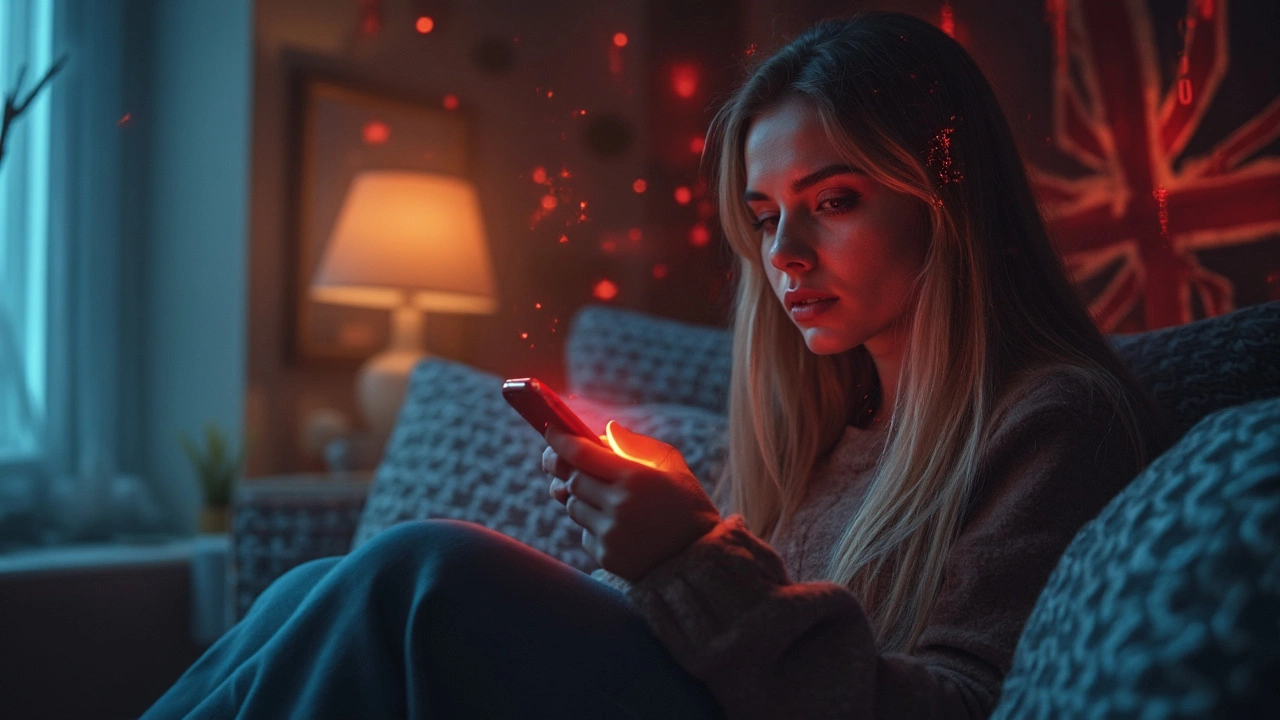When you pick a phone, you probably think about speed, app store, or camera hype. But if you have a security system at home, the phone you carry matters a lot. Let’s break down the real‑world differences that affect how well you can see, control, and get alerts from your cameras, doorbells, and alarms.
Most modern phones claim “night mode,” but the execution isn’t the same. Samsung Android phones often come with a dedicated night‑mode sensor that can pull more light and add software tricks to brighten dark scenes. That means you can grab clearer shots of a driveway or front porch when it’s pitch black – useful if you want to check a security cam snapshot on the spot.
iPhones rely on computational photography. The latest iPhone models blend multiple exposures to brighten the image, which works well for everyday photos but can struggle with the infrared glow from security cameras. If you need to verify a night‑vision feed, an Android with a true low‑light sensor will usually give you a cleaner picture.
Most security brands – Ring, Nest, Arlo – have both iOS and Android apps. Android often lets you add widgets, sideload extra tools, and even use NFC tags to trigger arm/disarm commands without opening the app. iOS is stricter, so you’ll stick to the standard app layout and notifications.
That said, iPhone users get tighter background refresh control, which can mean fewer missed alerts and longer battery life. If you’re heavy on notifications, the iPhone’s “focus” settings let you prioritize security alerts over social apps.
Another practical tip: many doorbell cameras, like the best wireless video doorbells in the UK, push a live stream to your phone. Android’s split‑screen lets you watch the video while checking a checklist. iPhone’s picture‑in‑picture is improving but still feels a bit clunkier.
Security is also about data protection. iOS devices get regular security patches for several years, which is a plus if you keep an older iPhone. Android updates depend on the manufacturer; a cheap Android might stop receiving patches after a year, leaving you open to vulnerabilities.
On the flip side, Android lets you lock down individual apps, use VPNs, and control app permissions in more detail. If you’re a tech‑savvy user who likes to tweak settings, Android gives you the freedom to harden your phone against hacks.
Bottom line: if you value low‑light camera clarity and want flexible widgets for quick system control, an Android – especially a Samsung model with dedicated night‑mode hardware – is the safer bet. If you prefer seamless updates, stricter privacy defaults, and you’re fine with the standard app experience, the iPhone will keep your security alerts reliable for years.
Whichever phone you pick, make sure you pair it with a strong password, enable two‑factor authentication on your security apps, and keep the OS up to date. That way the phone becomes a solid part of your overall home‑security team instead of a weak link.

This article digs into which phones are easiest to hack and what that means for your smart home security. We'll break down the most common weak points, compare Android and iPhone, and dish out practical tips to protect your data. Plus, we'll share some jaw-dropping examples of real-life breaches and what caused them. Simple explanations and actionable advice make this a must-read for anyone who wants to keep their devices and smart home safe. Don't wait for a hack to learn how vulnerable your phone might be.